Alibaba.com offers a diverse range of lightning strike counters, catering to various industrial needs. These devices are designed to monitor and record the frequency of lightning strikes, which is crucial for the safety and maintenance of electrical facilities. Among the selection, there are counters with IP67 and IP65 ratings, ensuring robust protection against dust and water, making them suitable for outdoor environments. Options include large capacity battery-operated models that can monitor various lightning waveforms, as well as high-quality digital counters that operate without a battery, highlighting their low-maintenance design.
The counters come with features like 7-digit displays, providing clear and immediate readings of lightning events. Some are specifically designed for outdoor use, equipped with surge protection devices (SPD) and capable of handling up to 9999999 lightning events. There are also compact, passive models available, which are valued for their small footprint and ease of integration into existing systems. For facilities requiring robust protection, there are units constructed with stainless steel, offering enhanced durability and a passive operation mode that ensures continuous monitoring without the need for power supply.
In addition to standard models, Alibaba.com's inventory includes specialized counters that have been recognized for their advanced features and reliability in the field. The platform also lists various surge arresters with integrated counters, which serve the dual purpose of protecting electrical systems from surges and recording strike data. These comprehensive solutions underscore the importance of accurate lightning strike monitoring in safeguarding equipment and maintaining operational integrity in various industrial settings.

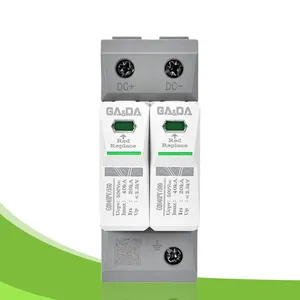








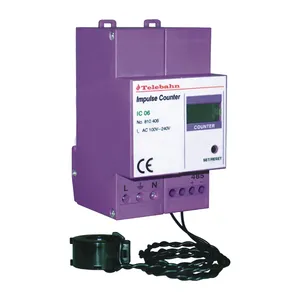


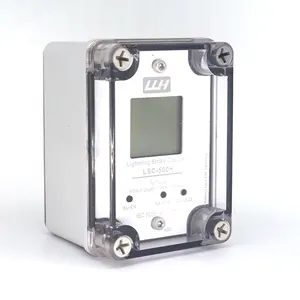
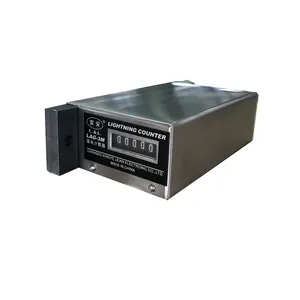

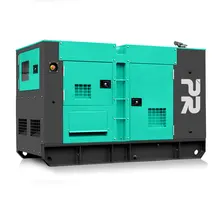


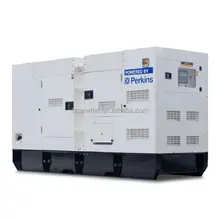



























 浙公网安备 33010002000092号
浙公网安备 33010002000092号 浙B2-20120091-4
浙B2-20120091-4